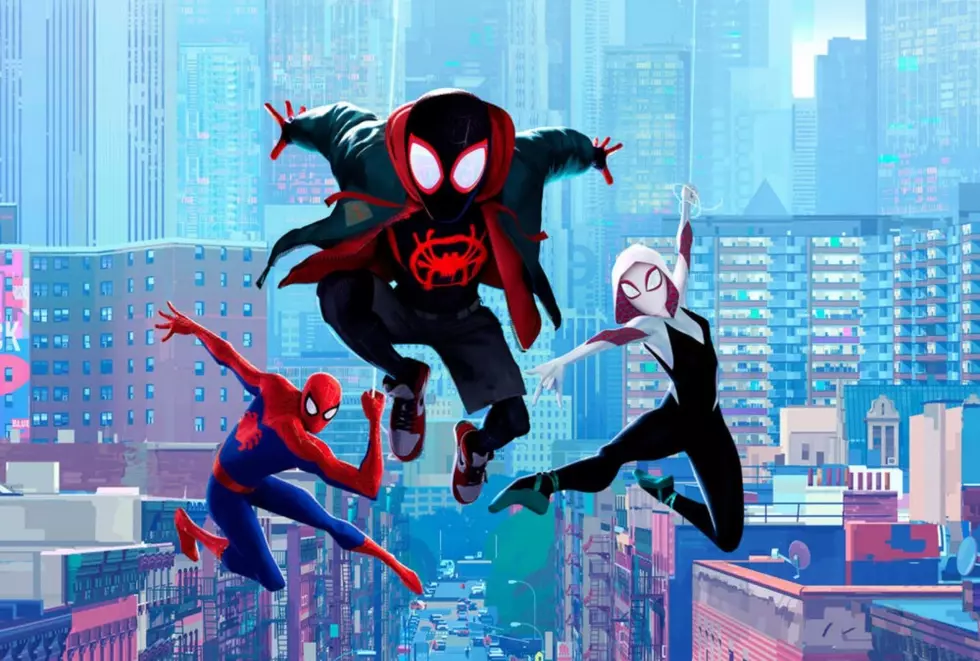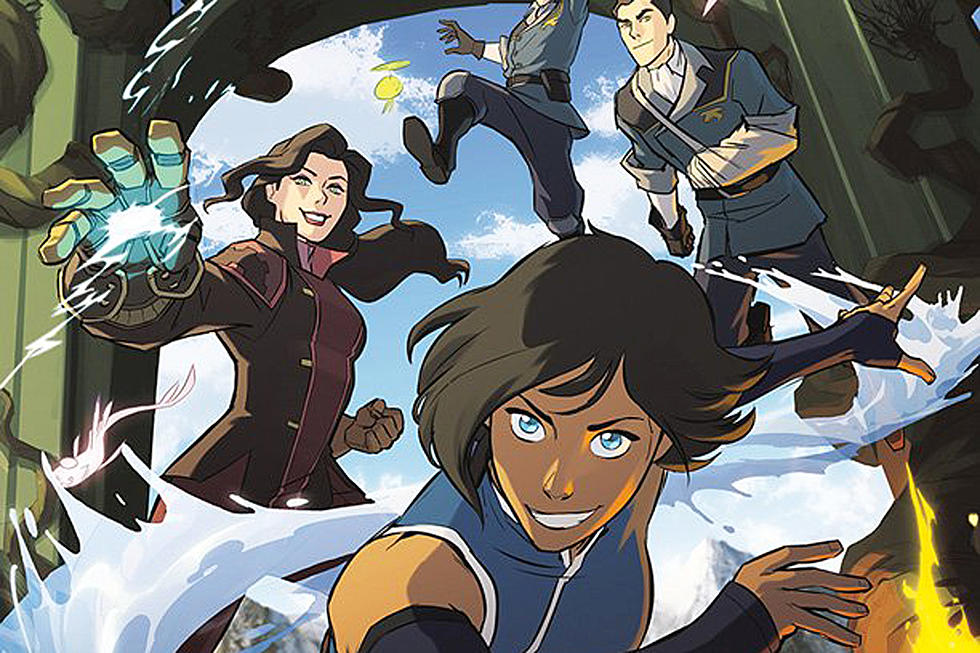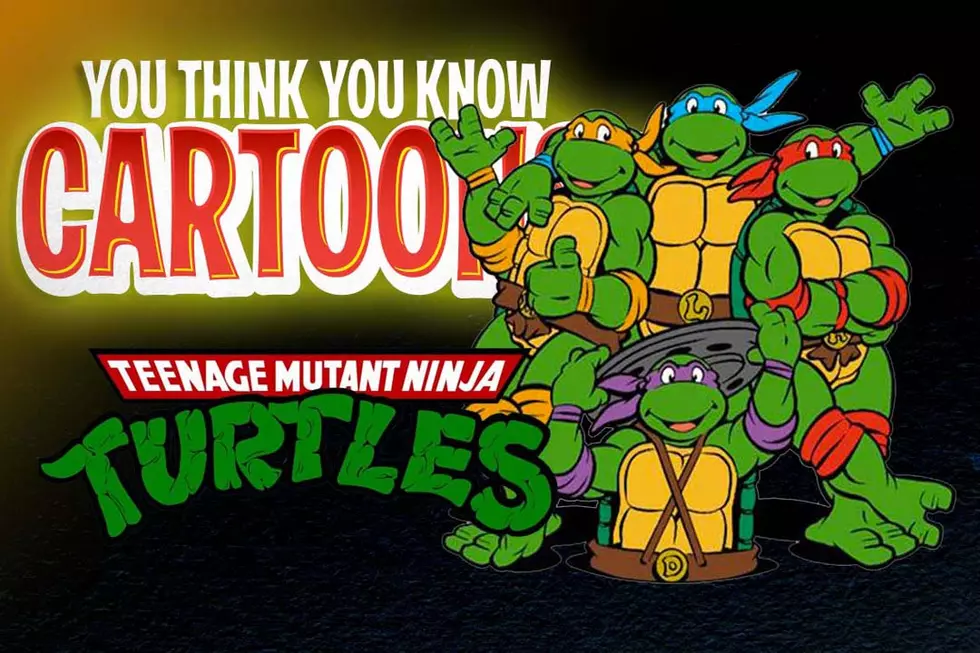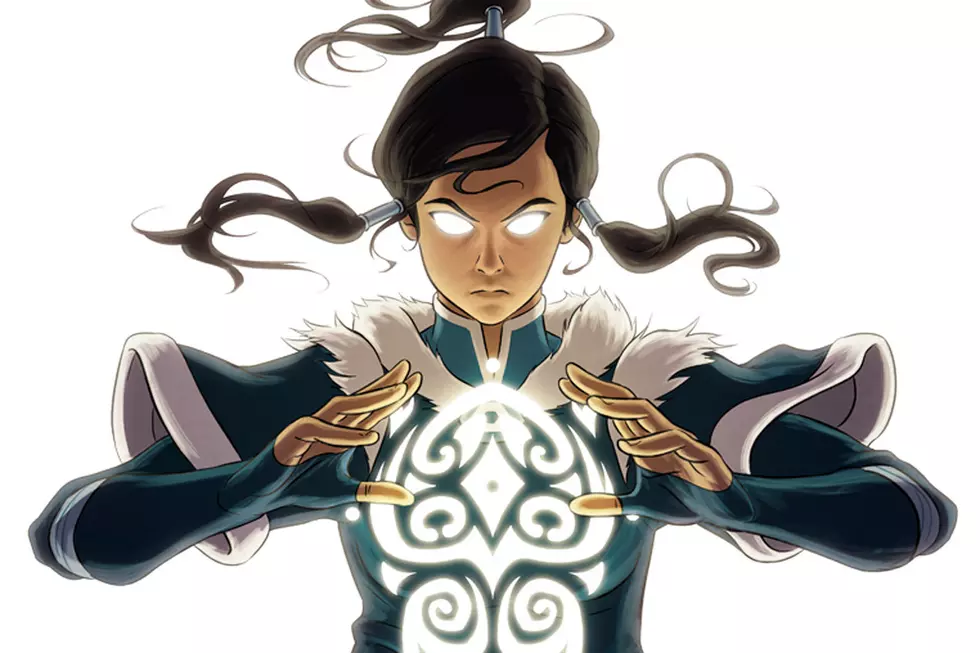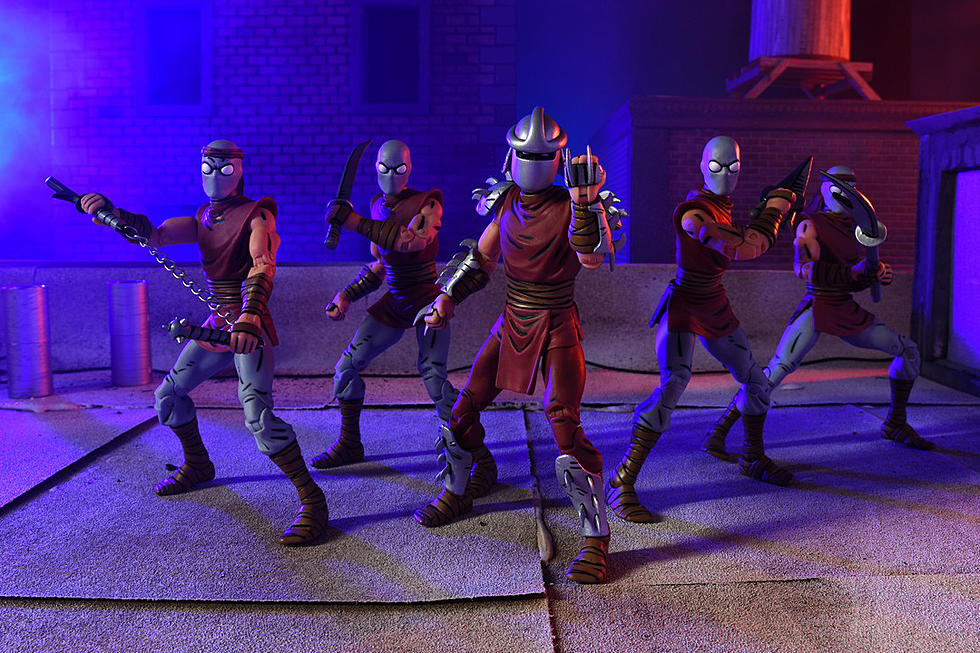![Joaquim Dos Santos On ‘The Legend Of Korra’ Book 2 And What He Learned From Superheroes [Interview]](http://townsquare.media/site/622/files/2013/09/Korra01.jpg?w=980&q=75)
Joaquim Dos Santos On ‘The Legend Of Korra’ Book 2 And What He Learned From Superheroes [Interview]
I think it's fair to say that The Legend of Korra is one of our favorite animated series in the whole wide world, so the wait between seasons has been nothing short of absolute (slightly hyperbolic) agony. Tonight on Nickelodeon, however, our long nightmare is over as Book Two arrives to continue the story of Republic City, the Avatar who protects it, and -- perhaps most importantly -- the professional sports team that she hopes to lead to victory.
To ramp up our excitement even more, we've talked to series producer and director Joaquim Dos Santos about his accomplishments in Book One, what he learned from working on Justice League Unlimited, and what we can expect from Book Two.
ComicsAlliance: Before Avatar and Korra, you were a director on Justice League, both shows about people with superpowers fighting evil and standing up for good. How did those projects differ? What did you learn on Justice League that carried over to what you did on Avatar and Korra?
Joaquim Dos Santos: In animation, especially "action-adventure" it is pretty impossible to avoid the ol' "good guys vs. bad guys” thing. When I was a kid it was G.I. Joe vs. COBRA or He-Man vs. Skeletor. I loved both those shows and continue to have a great deal of nostalgia for them to this day, but they were pretty one dimensional. Luckily, writing in this corner of the animation universe has come a long way and in the case of Justice League Unlimited, Avatar: The Last Airbender and Legend of Korra, I've had the good fortune of working on three shows with real depth and complexity given to the characters and story. So in that sense all the shows share a common thread.
Visually they differ pretty heavily. JLU's design style is influenced by classic comic book artists like Jack Kirby and Steve Ditko, so the shapes and sizes were bigger and more exaggerated. That stylized approach made it tough to stage some scenes because the characters proportions would often times compete with one another in a composition. This was especially true if you had all the league members in a scene at once! But that same stylized approach also made the show WAY less taxing on the artist/animator (Which was a calculated design decision going all the way back to Batman: The Animated Series). Those big shapes and really clear silhouettes give the artist a shorthand to produce higher quality work out within the tight TV deadline. ATLA and LOK are obviously influenced heavily by Japanese anime, specifically the works of Hayao Miyazaki and Studio Ghibli. Generally there is a more detailed approach to the style. The characters shapes are way more anatomical and the background and color design is more nuanced.
This carries through to the staging as well. For instance, ATLA was the first show I worked on that utilized a dedicated martial arts choreographer. Which is awesome and super helpful but adds more complexity to the art side of things. So I suppose that is how they differ most from my perspective. As for what carried over I'd say JLU and really the experience of working under guys like James Tucker, Dan Riba, Butch Lukic and Bruce Timm taught me to not think of these shows like "cartoons" but to think of them as "film." Sure we had superheroes punching each other through buildings and aliens attacking the earth and all that big cool over the top stuff, but at the end of the day, had the mechanics behind our storytelling not been sound and thoughtfully constructed, none of it would have really had any impact. I took that film base over to ATLA and I've been attempting to hone and sharpen it ever since.
CA: Along those same lines, you directed "Destroyer," the finale of Justice League,"Sozin's Comet," the finale of Avatar, and "Endgame," the season finale for Book One of Korra (along with every other episode of the first season). Is there a trick to building up to a big climax that makes it work rather than just being a spectacle? How do you approach it?
JDS: Hopefully some of my last long winded answer helped to answer this question, but I will say that before we even start drawing a single line it all really begins with the writing. If the writing is failing there is only so much the art can do to save it. At the end of the day, you'll just have a pretty bow tied around a stinky turd. In the case of a big serialized show like JLU or LOK it helps to know the entirety of the season’s arc going in so you know on a big scale where you need to push and hold back. But you also want each episode to stand on its own and really make the viewer feel like they did not just waste 22 minutes of their life. So striking that balance can be tough. This is something that I'm still struggling with actually. I've just been lucky enough to have good material to work with and hopefully make stronger.
CA: Avatar had that one over-arching story with the Fire Nation and Sozin's Comet, but Korra seems a lot more confined -- by the end of Book One, Amon's been pretty thoroughly dealt with. Were you part of that decision to go in a different direction?
JDS: That decision came out of the fact that Korra was originally only picked up for 12 episodes. So the story had to kind of wrap itself up. By the time we were informed Nick wanted to order more, we were already too deep into Book One for Mike and Bryan to change the story’s course. For what it’s worth I really like the fact that the Amon/Tarrlok storyline ended in a very definitive way.
CA: How important is it for each season of Korra to be an adventure that stands on its own?
JDS: I think its super important for any season of any show to be able to stand on its own.
CA: Were there any particular challenges for doing Korra, as opposed to Avatar? I really love the pro bending scenes, but that it seems like such a complicated idea to realize onscreen and make it work.
JDS: Keeping track of the rules in pro bending was tough. Keeping the action compelling in the different matches was tougher (I'm still not sure we completely succeeded there.) But, generally we just tried to push ourselves and the art to the next level in every aspect of the show. So it was more of an overall challenge.
CA: Speaking of, what are the chances that we're going to get a season that's just Pro Bending, with no actual villains to fight? Because I would be totally down with that.
JDS: You're crazy. I like you... But you're crazy.
CA: Korra starts out in a different place than Aang, in that she doesn't really have to learn the powers in the way that he did, while he starts off with that kind of Zen confidence that she lacks. It makes sense not to go back over the same kind of story, but is there a reason the show was built around Korra dealing with something internal that's reflected in the story arc?
JDS: Well, Korra lacks that connection with her spiritual side. This was reflected in Book One with her inability to master air and that theme is carried through and taken to the next level in Book Two. I think the cool thing about following Korra is we are seeing a much more complex evolution of an Avatar.
CA: The episodes of Korra about her fear of having her powers taken away are, thematically and metaphorically, a lot darker than people might've expected going into a Nickelodeon show. How did you approach the material?
JDS: I think that is a line we've been riding with the entire season of Book One. Like I said before this show plays much more like a live-action film than a cartoon. That episode in particular was really powerful and Mike and Bryan really did an amazing job of building to that moment in the script. We were also really lucky to have had an amazing performance by Janet Varney that really helped inform the shots of Korra breaking down. Again, I cannot stress how important it is to start off with a strong foundation each step of production accentuates the next so by the time we got to the storyboarding we were just trying to do the material justice. Which is the position you want to be in. We were also fortunate enough to be working with the amazingly talented artists at studio MIR who we could trust with the subtleties of an episode like that so we knew it would be in good hands.
CA: Avatar was really big on themes in each season. Looking back, what was the theme of that first Book of Korra?
JDS: Hmm. That’s a great question... I'd say "self-discovery." Korra is at that age where beneath all the bending and fantasy stuff she's really discovering who she really is and how she fits in.
CA: Looking ahead, what sorts of themes do we get out of Book Two?
JDS: I think we continue that similar thread with Korra as a character. Book One was focused on the industrial age of the Avatar universe and man’s progress. Book Two looks to strike a balance with man’s industry and prove that there are no free lunches.
CA: As the guy who co-directed all of Korra so far, do you have a favorite moment? What turned out exactly the way you wanted it? Because it's hard to top that first Triple Triad fight in the premiere.
JDS: Ha ha. Yeah that was a super fun moment. It’s hard to say. Honestly all the episodes kind of bleed together for me now so it’s almost like we worked on this one big film. One moment that does stand out is the scene with Bolin, Korra and Tahno's wolf bats in the noodle shop. It’s rare that you get that genuine kind of comedy from an action adventure type of show.
More From ComicsAlliance
